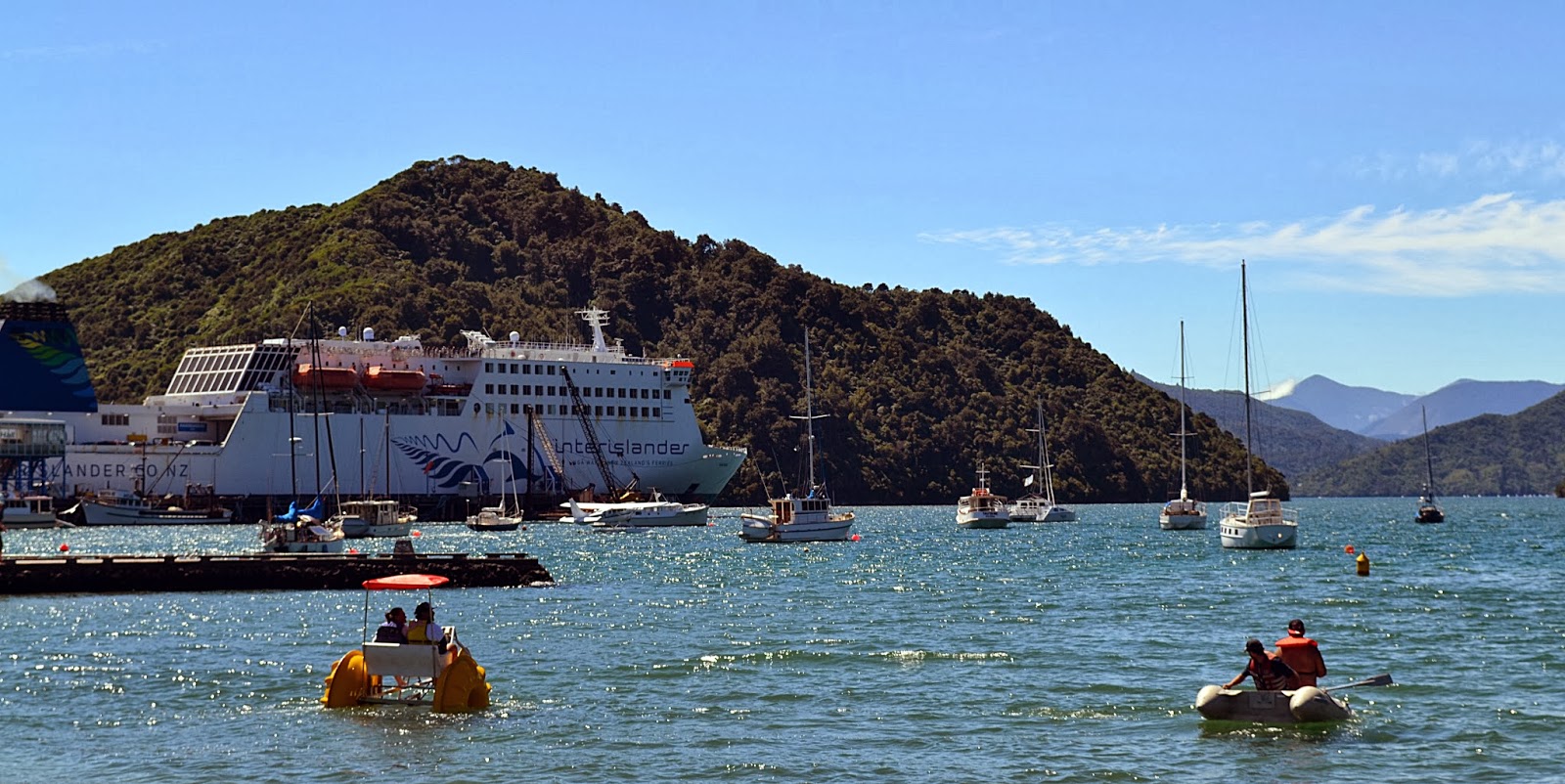Back at home, the nearby village of Meriden is reputed to be the center of England. Here in North Island, Taupo on the shores of Lake Taupo is pretty much the geographic center too. But any similarities end there as this is volcano country.
The huge Lake Taupo is the crater of a massive eruption; apparently the largest in the world over the last 5000 years. The whole region remains active and there is evidence of geothermal activity all around. There are a number of thermal spas and walks in the area, even the outdoor pool at our holiday park is geothermally heated and was a very pleasant 32 degrees Centigrade during our swims.
Craters of the Moon Thermal Area
Wairakei Thermal Valley
New Zealand's longest river, the mighty Waikato River drains Lake Taupo and within a few hundred metres of the lake the gorge narrows to create the impressive Huka Falls. Options for viewing include the walking trails, roadside viewpoint and also from the river itself. The Huka Falls Jet Boat and the more sedate Huka Falls River Cruise jockey for position and each claim the best view!
Huka Falls River Cruise
Both boats pass the Wairakei Geothermal Power Station on the way to the falls. Superheated steam and hot water are drawn through a line of bright metal pipes from the nearby steam field. The condensed steam and spent warm water are then discharged into the Waikato River with sulphurous odors.
A little further down stream, at the Aratiatia Dam the original course of the river has been diverted to feed the Aratiatia Hydro Power Station. A condition of the development is that the sluice gates are opened several times a day for fifteen minutes to flood the rapids. This is mainly as a spectacle for tourists and there are walking trails to access the viewpoints down the rapids.
Aratiatia Rapids
The hot and cold running waters of the Taupo area provided a fascinating attraction for us but they are just a sample of what is available here. There are numerous other activities both on and off the lake. No wonder this is such a popular holiday destination for Kiwis and international visitors alike.

















































